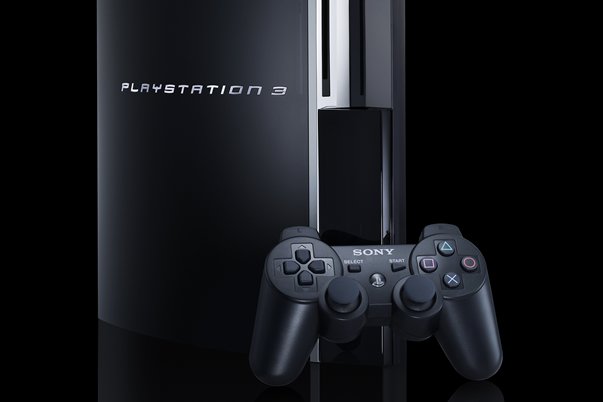What to expect from PS3
If you weren't one of the lucky few to score a PS3 on the first day, here's what you can look forward to
As our regular readers might know, we recently got our hands on a final, boxed, same-as-you'll-buy-at-retail PlayStation 3. By the time you read this, roughly 400,000 Americans will have, too, and a good chunk of them will be unloading the things on eBay at inflated prices.
The difference between them and us is that we've had our console for over a week as of this writing, and we can tell you exactly what to expect from Sony's shiny new chunk of chrome-plated plastic. If you were lucky enough to snag one the first day, or even if you plan to wait out the launch insanity, here's what lies ahead.

The first thing you'll notice about the PS3 is that it's heavy - about as heavy as the original Xbox, or the 360 with its brick-sized power adapter. Once you pull it out of the box, however, you'll probably be distracted by its glossy, reflective sheen - which also makes it extremely susceptible to fingerprints, so handle with care. Interestingly, the PS3 doesn't have any buttons on the front of the unit; instead, you'll just find tiny, embossed power and ejection symbols, which activate when you touch your finger to them for a second.
Glossy sheen aside, the PS3 is basically one giant heat vent; everything except the top, underside and left edge of the console is covered with a lattice of little square holes. It's a good thing, too, because all that computing horsepower blows hot air like a miniature space heater, as one of our editors discovered when he brought it home over a weekend. He stuck it into the same semi-enclosed shelf that his PS2 usually sat on, and within an hour of play, he said, the system's normally whisper-quiet fan got noticeably louder. The air in the shelf had grown extremely hot, and it wasn't until he pulled it out and set it on the floor (vent-side up, of course) that the unit eventually quieted down.
It's worth noting, however, that even at its loudest, the fan was still quieter than the Xbox 360's.
Weekly digests, tales from the communities you love, and more



